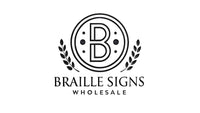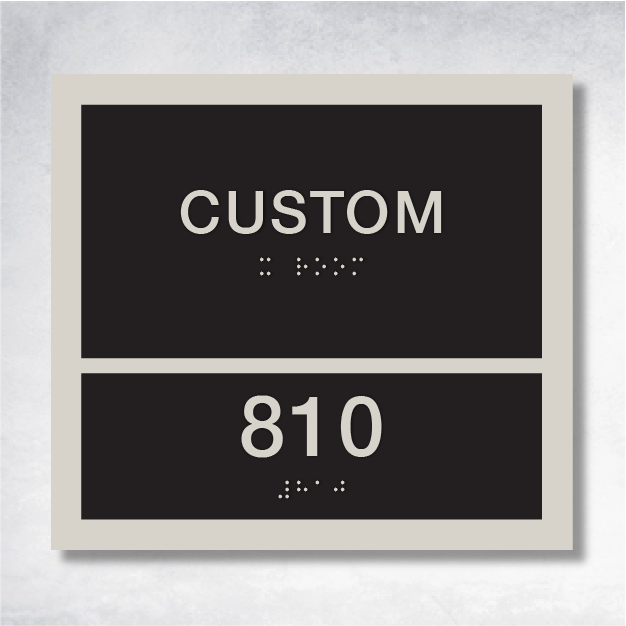Navigating Spaces: The Art and Impact of Braille Room ID Signs
Imagine a world where every room is a mystery, where navigating a building feels like solving a complex puzzle. For many visually impaired individuals, this is a daily reality. However, the artful integration of Braille signs can transform these challenges into seamless experiences. Let’s delve into the fascinating world of Braille room ID signs and explore how they enhance accessibility and inclusivity.
The Silent Guides: Understanding Braille Room ID Signs
Braille room ID signs are more than just functional tools; they are silent guides that empower visually impaired individuals to navigate spaces independently. These signs, embossed with Braille characters, serve as tactile maps, providing essential information about room identification. By offering a tangible way to read room numbers and names, Braille signs bridge the gap between accessibility and autonomy.
Why Braille Signs Matter: Beyond Accessibility
The importance of Braille signs extends beyond mere compliance with accessibility standards. They play a crucial role in fostering an inclusive environment where everyone, regardless of their visual abilities, can feel welcome and confident. For businesses, investing in Braille room ID signs is not just a legal obligation but a commitment to social responsibility and customer satisfaction.
Crafting the Perfect Braille Sign: Tips for Installation
- Placement is Key: Install Braille signs at a consistent height, typically 48 to 60 inches from the floor, to ensure they are easily reachable.
- Contrast and Clarity: Choose colors that provide a stark contrast between the Braille characters and the background for easy readability.
- Durability Matters: Opt for materials that withstand wear and tear, ensuring your signs remain legible over time.
Avoiding Common Pitfalls: What Not to Do
- Inconsistent Placement: Randomly placed signs can confuse rather than assist. Consistency is crucial for effective navigation.
- Poor Quality Materials: Low-quality signs can deteriorate quickly, rendering them useless and frustrating users.
- Neglecting Updates: As room functions change, ensure your Braille signs are updated to reflect new information.
A Vision for the Future: The Role of Businesses
Incorporating Braille room ID signs into your business is more than an act of compliance; it’s a step towards a future where accessibility is the norm. By prioritizing Braille signs, businesses can enhance customer experience, build brand loyalty, and contribute to a more inclusive society.
The Takeaway: A Call to Action
As we reflect on the role of Braille signs in enhancing accessibility, it’s clear that their impact is profound and far-reaching. For businesses, the decision to invest in Braille room ID signs is not just a strategic move but a moral imperative. Let’s embrace the art of accessibility and ensure that every space is navigable for all.
By weaving Braille signs into the fabric of our environments, we create spaces that speak to everyone, turning navigation into an art form that is both inclusive and empowering.
External Links
- Seton - Enhancing Office Accessibility: The Importance of Braille Signs
- Access Board - Chapter 7: Signs
- Butler Signs - A Guide to Braille Signage: Enhancing Accessibility in Public Spaces
- Duncan-Parnell - ADA Compliant Signs & Braille Signage
- Braille Sign Pros - Braille Room ID Signs









